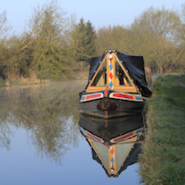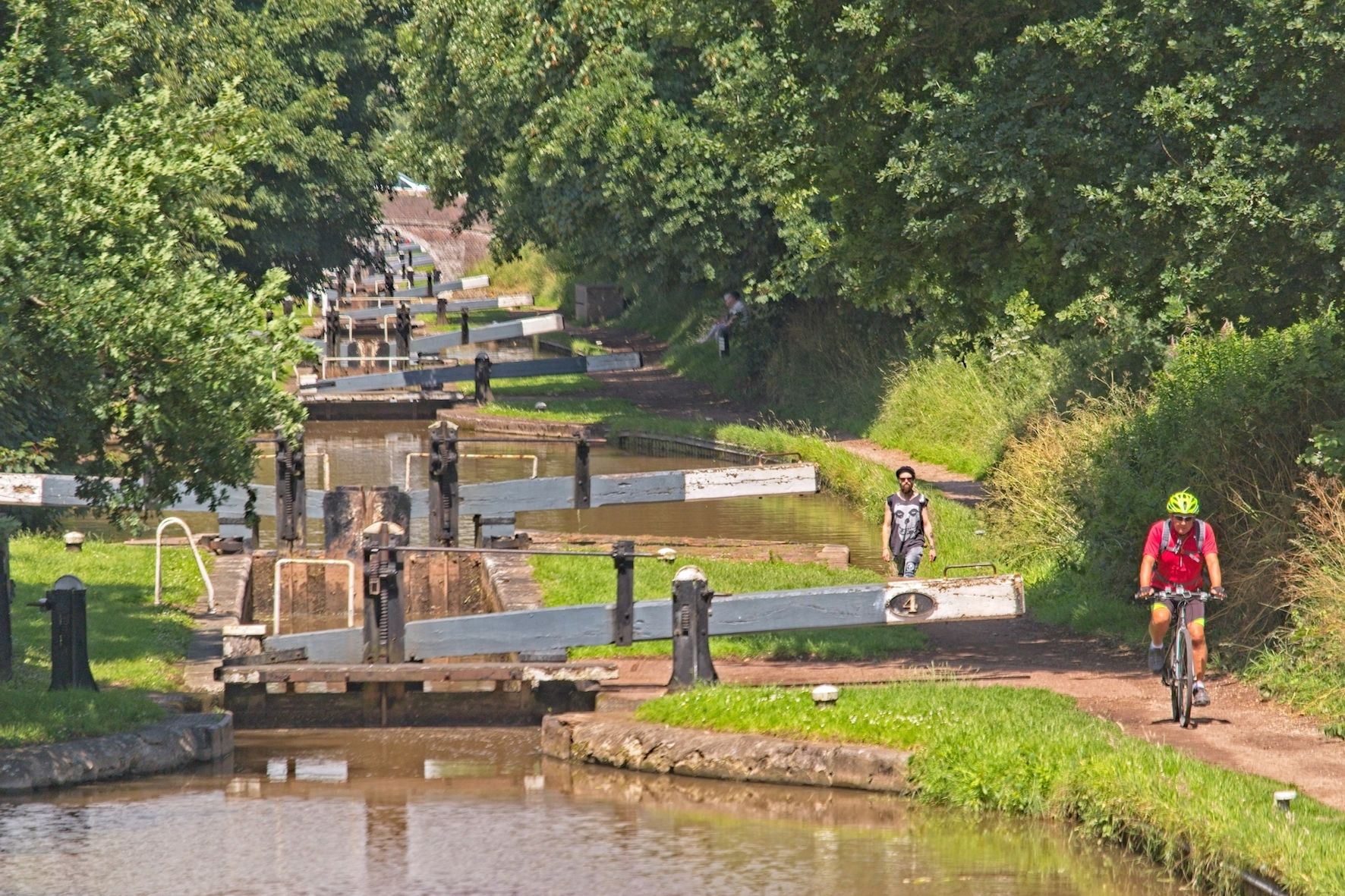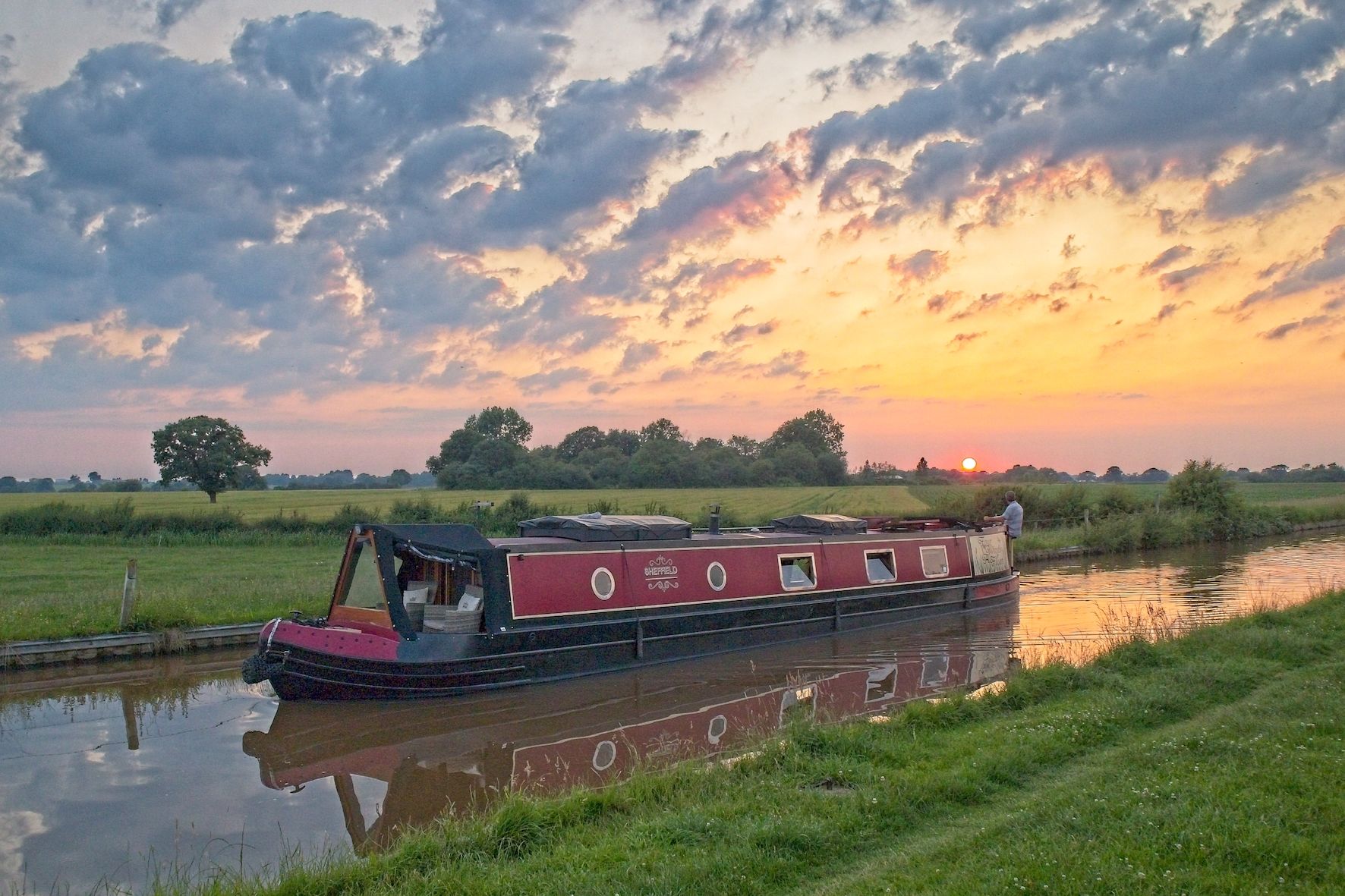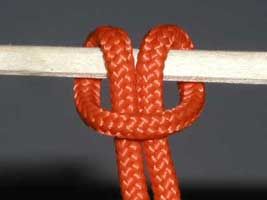-
Posts
107 -
Joined
-
Last visited
Content Type
Profiles
Forums
Events
Gallery
Blogs
Store
Everything posted by bagginz
-
Yes, Stirling powered. Exactly that model.
-
Not all stove fans are born equal: Obviously it's never going to move warm air all the way down the boat to the back cabin and makes little difference to the middle of the boat, but what it does do well is disrupt the stratification of air into hot and cold layers in the saloon - where I sit of a cold winter night - pushing hot air out from the stove top, drawing it in from the back and cycling it around the 10' saloon area - which is all that's required.
-
Barnton Tunnel is open now - since around 2pm today. I went through it today at around 3.00pm.
-
Good on you for using your perfectly valid "short boat privilege" to increase efficiency. Unwarranted seething: The long boats in the queue in front of your selected cruiser would still have to wait exactly the same amount of lock cycles. The long boats behind it would be sped up by one less lock cycle.
-
Saltersford Lock on the River Weaver a few days ago. I asked the lockie how many boats could he fit in. He told me he had 21 boats in at one time, but was slightly miffed because the record was 22. The biggest vessel to use the lock displaced 1040 tons.
-
Yes, I noticed that it wasn't listed as a stoppage on the CRT website when I last looked. But it's definitely blocked. I was travelling in that direction but had to moor nearby Anderton's Lift because it was still unpassable at 7.00pm I asked the 2 hire boats coming back from that direction around 7.30pm for news. They said it was still blocked and they'd been called by the hire company and asked to wind and travel in the opposite direction. Apparently they CRT will resume the work of freeing the boats tomorrow.
-
This post cannot be displayed because it is in a forum which requires at least 10 posts to view.
-
He would indeed! Before writing drafts Samuel Clemens used to measure draughts. The clue is in his name.
-
Yep, Trad stern here. Watertight prep. advice noted. Thank you. I'm still mulling options but if I go by the L&L, then it'll be East to West. Thanks for the handy chart!
-
Thanks for the reply! How did you approach removing your fenders for the Ripon? Did you remove them completely for the whole trip or were you able to lift them up at each lock? Good point. Duly noted.
-

Crossing the Mersey estuary from Eastham to Liverpool
bagginz replied to Philip's topic in General Boating
I regularly haul my 62' narrowboat out of locks. Not a problem at all. It's similar to a heavy lock gate in that you just need to apply constant, steady force until you overcome the initial inertia to get it moving. Once it's moving, piece of cake. I'm not particularly muscular. -
Thanks for the info ditch. How long was your boat?
-
Anyone cruised the entire length of the Leeds & Liverpool in a 62 footer? If so, any advice? On the CRT website it says the maximum length boat for the L&L is a 62' My boat's a 62 - but obviously it has fenders, which adds about another foot and a half. So Is it actually practical to do the L&L in what's effectively a 63 and a half footer?
-
This post cannot be displayed because it is in a forum which requires at least 10 posts to view.
-
With crew: Often the lock keeper will pass the stern line around a bollard and back down to you at the stern. The same for the bow line for a second crew member positioned on the bow. Single handed: The lock keeper will pass the stern line around a bollard and back down to you at the stern And an extended bow line around a bollard adjacent to the bow and pass the bow line back to you again at the stern - so you have to manage two lines - one in each hand. ( I extended my bow line by attaching a spare mooring line to it using a sheet bend - works perfectly fine. - But after doing this for a while I decided for two main reasons that: I prefer to come alongside in the lock, chuck the stern line up to the lockie, switch engine off, then walk up the stairs with the bow line, secure it on the front bollard, check the stern line on the back bollard, then stand between the two bollards and manage the slack on both lines from the lockside. I have far more control and I find it too much of a handful trying to keep 2 long lines taut while on the boat - especially without a 3rd hand to steady myself. (the safety maxim "one hand for you, one for the boat" cannot be applied ) Plus one is at a mechanical disadvantage attempting to keep the 2 much longer lines taut from the back of the boat.
-
Indeed!
-
In my original post I was going to add; "in which case run for the knife" Once the situation has been allowed to develop that far, yes it's the 1%. Which adds even more weight to Jen in Wellies point which is; we'd all do well to carry a sharp knife in our pockets when doing locks. Which is excellent advice and something I'm acting upon .
-
It's tempting to use just the centreline on the Thames locks (when you can get away with it) but securing both ends is actually very good advice as I found out when I went uphill in a sidefill lock of which there are at least 2 on the Thames. As the name suggests the water floods the chamber from the sides, not the bottom. The sideways water pressure pushed my bow hard off towards the middle at about 30 degrees, stern hard against the lock side with the centre line taut. There wasn't much I could do about it until the lock has filling had slowed down. No significant listing, but the fact is, there were other boats in the lock and I wasn't in 100% control of mine. Fortunately it didn't bash into a fibreglass cruiser. More embarrassing than anything. I did chat with a lockie after - who told me it was a Sidefill lock and that was why the boat swung out and that it's a bit of a tricky lock and warned me of the next one up river. I asked him why it had been designed that way. He did give a long detailed explanation which kind of amounted to "because that's how they designed it" Another thing I learned single-handing Thames locks is to get off the boat onto the lock side and manage both lines myself - taking in slack etc as the boat rises.
-
There's a difference between a round turn(s) on a bollard that has: 1. the standing end (the end attached to the boat) lowermost - below the coil. 2. the standing end uppermost (above the coil) It's a very good ideal to get to know the difference between the two and practice how to "tie" both versions Version 1 will lock the centreline against the lip of the bollard once the roof rises above the bollard. Version 2 won't. Rule of thumb: if the boat is going up in the lock, your rope's standing end (end attached to the boat) should be up if you boat's going down, the standing end should be down. If you line does get locked against the lip of a bollard. Don't panic, put your foot on the taut line and put your weight on it, 99% of the time it'll be enough to unlock the rope underneath, freeing it. Don't ask me how I know.
-
The photos are a little misleading. Mooring lines normally have an eye spliced onto the end. Pass the working end through the eye to make a loop. Put that loop over the dolly and pull tight. Once you see how it works you can move onto expert level and turn the eye back on itself - as David Mack mentioned upthread
-
re: keeping a knife to hand - and that almost nobody does: True. A sunken boat is an absolute disaster. A severed mooring rope - easily replaced for 15 quid - not so much. I have a sharp swiss army knife on a hook just behind the front door - but in many/most emergency circumstances that just isn't accessible enough. Re-think required. (ex caver here btw)
-
I think we're talking past each other! My reply was not about you in particular. The context of this thread is: "how do I get a rope NOT to slip off a narrowboat dolly when it's pulled vertically upwards in a deep lock" as asked by the original poster. To clarify my last reply: Depending on which result is required, either: 1. Rope to stay on the dolly 2. Rope to slip off - for safety reasons One must choose how to attach the rope accordingly. Both attachments methods cannot exist simultaneously. i.e. one cannot have it both ways. edit: Reading back through the thread just now I think we're agreeing with each other ? i.e the larksfoot malarkey is a simple and easy way to firmly attach a line to a stern dolly
-
Well, you can't have it both ways. Either: 1. You want the rope NOT to slip off the dolly in deep locks (as the O.P. wanted) or 2. You want the rope to slip off the dolly Pick the one appropriate to the situation.
-
Also known as a Cow Hitch Because there's usually and eye spliced on mooring ropes, there will only be one line that passes around the dolly and fed through the loop.








